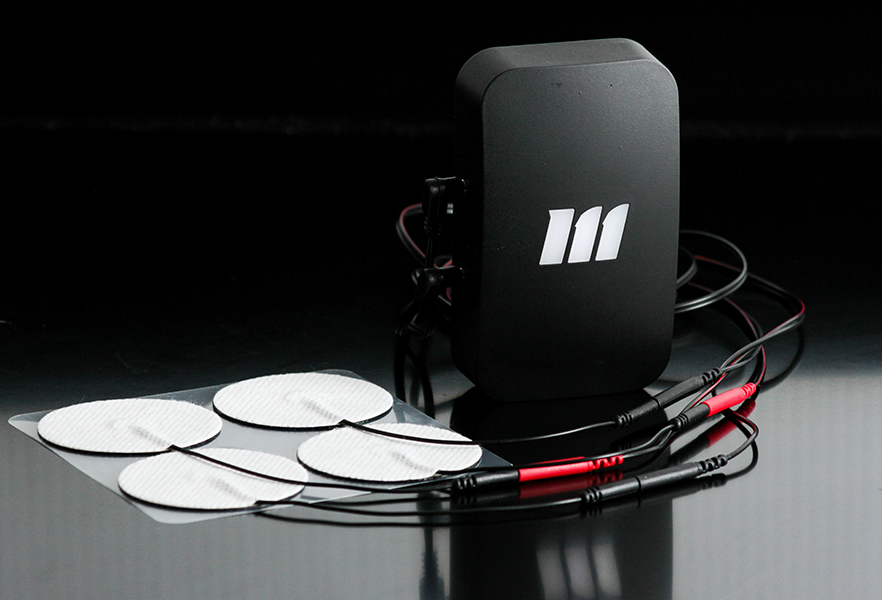Harnessing the Power of Bio Feedback to Transform Chronic Discomfort Management and Improve Quality of Life
Harnessing the Power of Bio Feedback to Transform Chronic Discomfort Management and Improve Quality of Life
Blog Article
Persistent pain is a syndrome that affects countless of people across the world. It can be caused by various factors, including injuries, illnesses, or even stress. For many patients, controlling chronic pain can be a constant struggle that impacts their standard of life. Traditional treatments often include medications, physical therapy, and sometimes surgery. However, these methods do not always offer the alleviation that patients desire. Lately, biofeedback has surfaced as a promising option for managing chronic pain and enhancing overall well-being.
Biofeedback is a method that teaches individuals how to manage certain bodily functions by using indicators from their own physiology. This approach involves employing sensors that track physiological functions such as heart rate, muscle tension, and skin temperature. By offering immediate feedback, individuals can learn to identify their body's reactions to pain and stress. This consciousness allows them to develop strategies to handle their pain more effectively. For example, if a patient notices that their muscle tension rises when they are in pain, they can practice relaxation techniques to help alleviate that tension.
One of the primary benefits of biofeedback is that it empowers patients to take an active role in their pain control. Instead of depending solely on medications or treatments from healthcare providers, patients can learn to comprehend and regulate their own bodies. This sense of control can lead to increased confidence and a more positive outlook on life. Many patients report feeling more in charge of their pain and less like victims of their condition. This shift in mindset can significantly improve their standard of life.
Research has shown that biofeedback can be effective in reducing chronic pain symptoms. Studies indicate that patients who use biofeedback techniques often experience less pain and improved physical function. Additionally, biofeedback can help reduce anxiety and stress, which are common issues for those dealing with chronic pain. By addressing both the physical and emotional aspects of pain, biofeedback provides a holistic approach to pain management. This comprehensive method can lead to better outcomes for patients, allowing them to engage more fully in their daily activities.
In conclusion, biofeedback is browse around this website a valuable tool for transforming chronic pain management. By teaching patients to comprehend and regulate their physiological responses, biofeedback empowers patients to take charge of their pain. This approach not only helps reduce pain but also improves overall standard of life. As more individuals look for options to conventional pain management methods, biofeedback stands out as a promising option. With continued investigation and recognition, biofeedback could turn into an essential part of chronic pain therapy, helping patients lead healthier, more fulfilling lives.